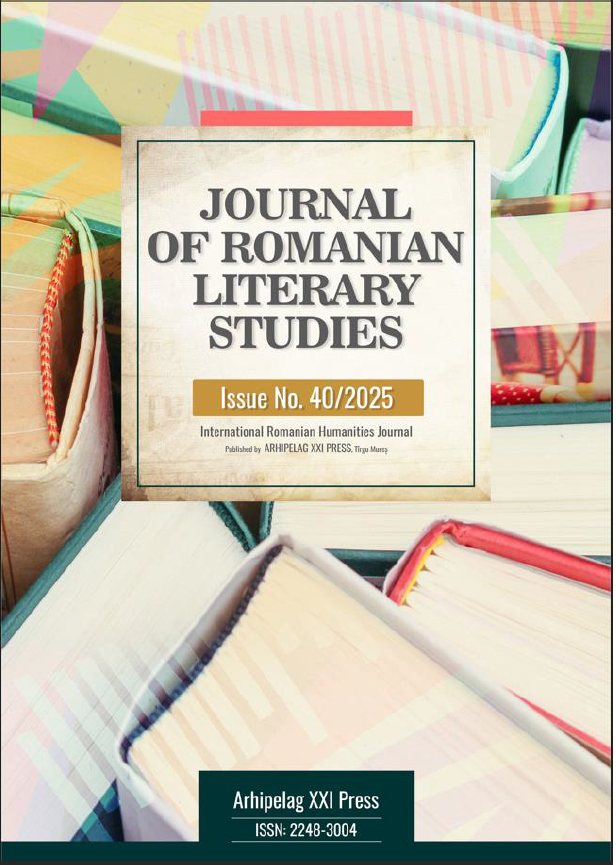EMBODIED TRAUMA AND COMMUNICATION IN TITUS ANDRONICUS: A COGNITIVE LINGUISTIC APPROACH
EMBODIED TRAUMA AND COMMUNICATION IN TITUS ANDRONICUS: A COGNITIVE LINGUISTIC APPROACH
Author(s): Zhina DehghanSubject(s): Language and Literature Studies, Literary Texts, Foreign languages learning, Studies of Literature, Philology, Theory of Literature, Drama, British Literature
Published by: Editura Arhipelag XXI
Keywords: cognitive linguistics; Shakespeare; Lavinia; Titus Andronicus;
Summary/Abstract: This essay analyzes Shakespeare's Titus Andronicus through one of the central theories of cognitive linguistics, embodied cognition, to establish how bodily experience determines communication, identity, and emotional resonance in the play. The research will focus on Lavinia's mutilation and how her body is a site of communication and meaning-making when her voice is silenced. Her inscription on the dust and body language are in collaboration responsible for an earning interchange of body presence and intellect that can be employed in knowing how trauma is represented and received. The essay also investigates dramatization of bodily torture-bodily maiming of Titus, sadistic savagery, and belly-tearing vengeance against Tamora-and its capacity to create a body response in the audience. By accessing cognitive and sensory dimensions of such motion, the analysis demonstrates how Shakespeare can regulate empathetic and moral assessment on the part of spectators. Extending embodied cognition accounts, including Lakoff and Johnson's embodied theories of body engagement in thinking, this essay adds to a picture of the manner in which Shakespearean tragedy functions cognitively and affectively. This essay concludes that Titus Andronicus utilizes embodied trauma as both a device of character depiction and of addressing the audience, infusing greater profundity in the play's tragic effect.
Journal: Journal of Romanian Literary Studies
- Issue Year: 2025
- Issue No: 40
- Page Range: 1654-1660
- Page Count: 7
- Language: English

